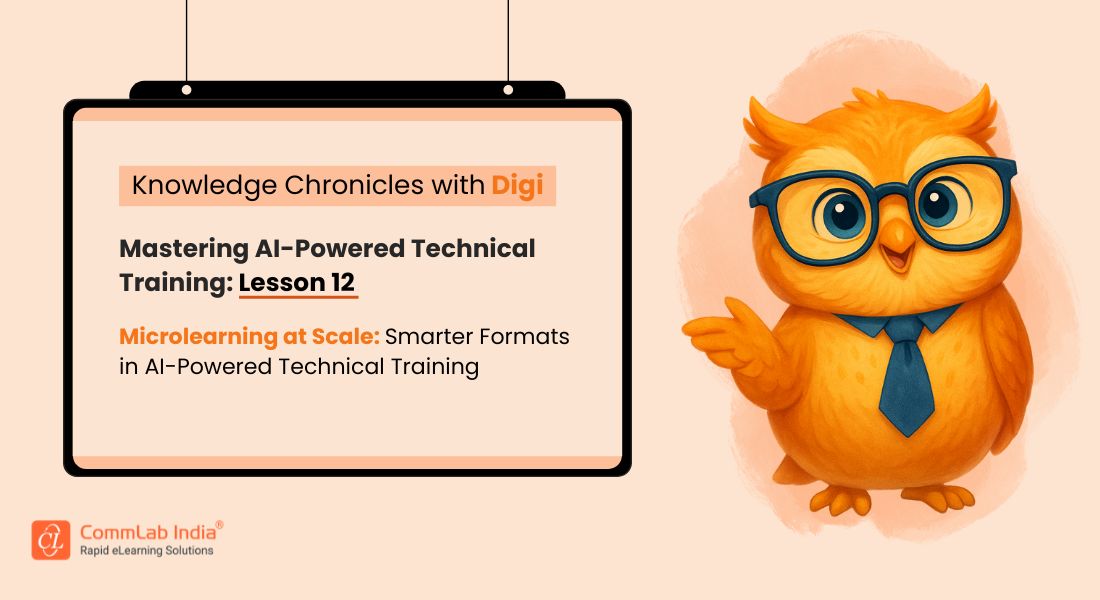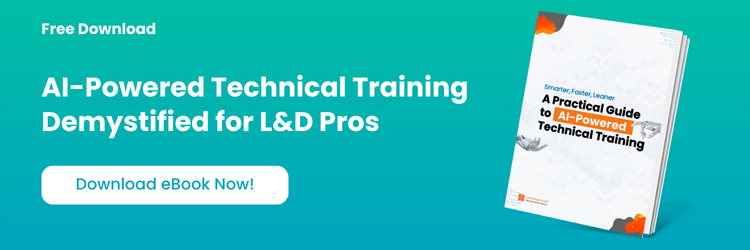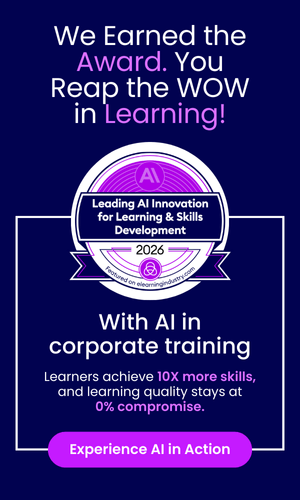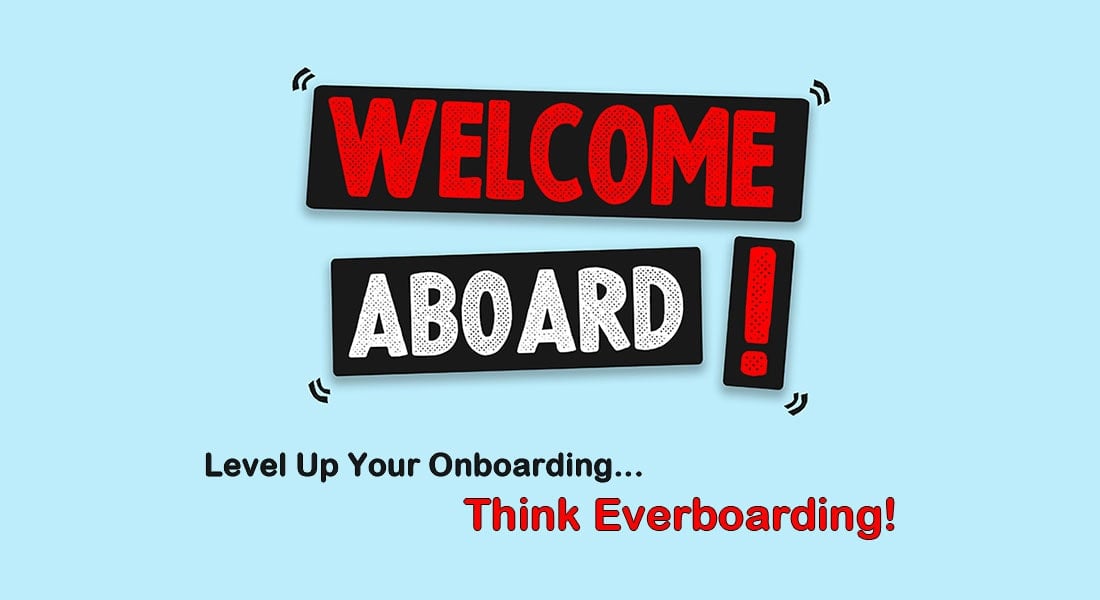In an era defined by instant communication, mobile access, and rapid product evolution, the traditional instructor-led training (ILT) model simply can't keep up—especially for technical training. The sales and service teams are constantly on the move, juggling shifting priorities, customer expectations, and product complexities. Sitting through lengthy classroom sessions or even hour-long eLearning modules is no longer realistic or relevant.
What’s needed is a shift—not just in delivery methods, but in learning philosophy. Enter AI-powered microlearning: agile, personalized, scalable, and built for the way sales and service professionals actually work.
Free Guide: AI-powered Technical Training
This blog explores how forward-thinking organizations are ditching old formats in favor of modern learning experiences that drive performance. We’ll unpack the problems with ILT, the rise of microlearning, how AI accelerates the shift, and what it means for Learning & Development (L&D) teams.
Table Of Content
- Should you use ILT for Technical Training?
- What Makes Microlearning the New Standard for Technical Training?
- How Does AI Boost Microlearning?
- How a Global Retail Tech Firm Transformed its Technical Training?
- What are the Best Practices to Shift from ILT to Microlearning?
The Limits of ILT for Technical Training
Instructor-led training has its strengths—deep discussions, coaching opportunities, and peer learning among them. But for fast-moving teams, it’s often a logistical burden:
- Hard to schedule: Coordinating sessions across shifts, time zones, and territories is a nightmare.
- Low retention: Learners forget 70% of content within a week without reinforcement.
- High cost and carbon footprint: Travel, materials, venue rentals, and lost productivity add up.
- Minimal flexibility: ILT is a one-time event, not a continuous support system.

Microlearning: The New Standard
Microlearning isn’t just a buzzword. It’s a proven strategy that delivers bite-sized, task-based learning aligned to real work.
Key characteristics:
- Short and focused: 2–7 minute lessons
- Just-in-time: Delivered when the learner needs it
- Mobile-accessible: Works across devices
- Contextual: Tied to specific workflows or tasks
- Engaging: Multimedia-driven, often interactive
For example, a field service engineer learning to troubleshoot a specific error code doesn’t need a 60-minute course—they need a 3-minute visual walkthrough, right now.
Microlearning is ideal for:
- Product updates
- Process changes
- Soft skills reinforcement
- Knowledge refreshers
- Post-training support
But while microlearning courses solve many problems, building and maintaining it at scale used to be resource-intensive—until AI came along.
How AI Supercharges Microlearning
How can AI Improve Microlearning?
Here’s how AI supercharges microlearning:
- Faster Content Creation
- Multimedia Production at Scale
- Localization and Translation
- Personalized Learning Paths
1. Faster Content Creation
AI tools like ChatGPT, Jasper, and Claude can:
- Turn SME transcripts into short scripts
- Generate quiz questions and roleplay scenarios
- Summarize long documents into bite-sized learning
22% of enterprises are making significant investments in generative AI, and 80% of organizations globally are exploring it.
Source: IDC (Beyond Human Limits: The Future of Creative Content with GenAI Inside)
Example: A 30-minute SME interview can yield 5 microlearning scripts ready for review within hours.
2. Multimedia Production at Scale
With AI tools like Vyond, Synthesia, and Pictory:
- Scripts become videos without live actors or studios
- Voiceovers are generated instantly in multiple languages
- Visual explainers are branded and animated in days, not weeks
Here’s how AI and microlearning team up to deliver the right learning—right when it’s needed.
3. Localization and Translation
AI tools like Smartcat and DeepL make it possible to launch multilingual microlearning modules simultaneously across global regions.
4. Personalized Learning Paths
AI can:
- Recommend microlearning courses based on role, location, or performance
- Adjust content difficulty based on learner progress
- Provide nudges and spaced repetition for retention
This is critical for distributed sales and service teams with varying product portfolios and experience levels.

Case in Point: Global Retail Technology Firm
A retail tech company had historically relied on ILT to train support engineers across 10 countries. But as their product line expanded, it became clear ILT couldn’t scale.
The L&D team adopted an AI-powered microlearning approach:
- Used Fireflies to transcribe SME calls
- ChatGPT generated 20 microlearning scripts in a week
- Synthesia produced localized videos with AI avatars
- Modules were pushed to mobile devices through their LMS
- Reinforcement quizzes were scheduled via Qstream
Results:
- Training time dropped by 60%
- Learner satisfaction rose to 4.8/5
- Service resolution time decreased by 23%
You can achieve results like these, too. CommLab India creates technical training that sticks.
Best Practices for Making the Shift from ILT to Microlearning
- Audit your ILT catalog: Identify what can be modularized and digitized.
- Start with high-impact tasks: What do sales or service reps struggle with most?
- Use the 3-minute rule: If it can be learned in 3–5 minutes, it should be micro.
- Prototype fast, iterate often: Don’t wait for perfection.
- Blend, don’t replace: Use ILT for coaching or complex discussions; use microlearning for performance.
- Track outcomes, not completions: Focus on metrics like service time, ticket resolution, conversion rates.
Final Thought
The world of work has changed. Sales and service professionals don’t learn in classrooms anymore—they learn on the go, in the flow, and under pressure. The training formats we use must evolve to match that reality.
Moving from ILT to AI-powered microlearning isn’t just a shift in tools. It’s a shift in mindset: from course-first to performance-first. From static to dynamic. From generic to personalized.
With the help of AI, you can deliver training that’s faster to create, easier to consume, and more likely to drive real behavior change.
That’s what modern, high-impact technical training looks like.
And it’s already happening.









![Framing Learning Objectives for eLearning Courses the Right Way! [Infographic]](https://www.commlabindia.com/hubfs/Imported_Blog_Media/Framing-Learning-Objectives-for-eLearning-Courses-the-Right-Way-Infographic.jpg)